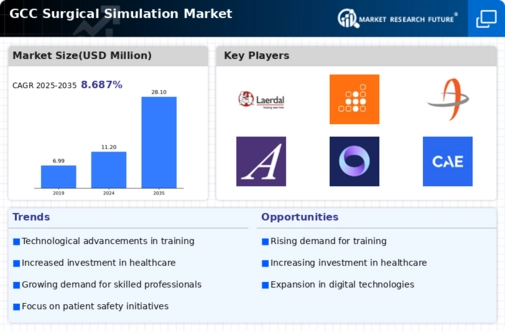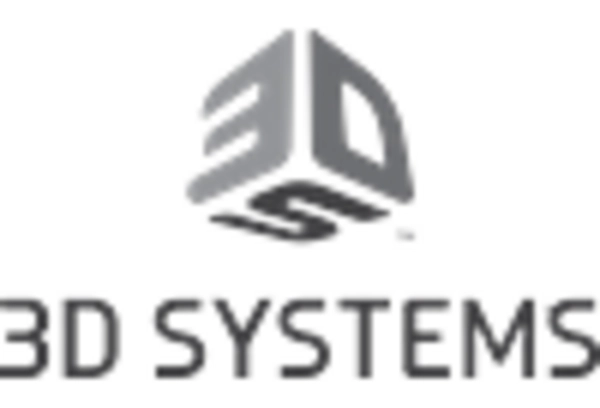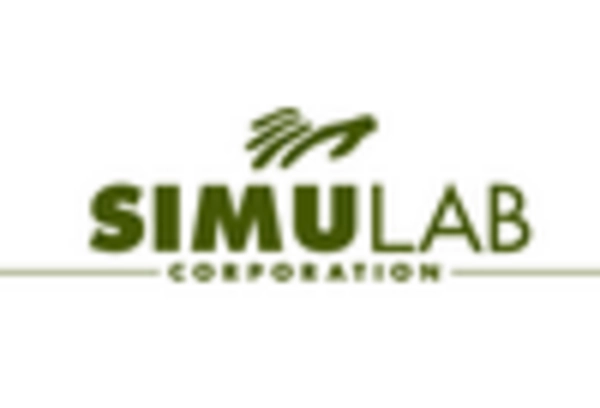Government Initiatives and Funding
Government initiatives in the GCC region are significantly impacting the surgical simulation market. Various health ministries are allocating funds to improve healthcare infrastructure, which includes investing in advanced surgical training technologies. For instance, the introduction of grants and subsidies for medical institutions to acquire simulation equipment is likely to enhance the training capabilities of healthcare professionals. This financial support not only promotes the adoption of surgical simulation technologies but also ensures that medical practitioners are well-equipped to handle complex surgical procedures. As a result, the surgical simulation market is expected to witness substantial growth, with an estimated increase in market value reaching $200 million by 2027.
Rising Incidence of Chronic Diseases
The rising incidence of chronic diseases in the GCC region is driving the demand for surgical interventions, which in turn is impacting the surgical simulation market. As the prevalence of conditions such as diabetes and cardiovascular diseases increases, the need for skilled surgeons capable of performing complex surgeries becomes more critical. This trend necessitates the use of advanced simulation technologies to train healthcare professionals effectively. The surgical simulation market is expected to expand significantly, with estimates suggesting a market growth rate of around 10% over the next few years, as healthcare systems adapt to the increasing surgical demands associated with chronic disease management.
Growing Emphasis on Surgical Education
There is a growing emphasis on surgical education within the GCC, which is positively influencing the surgical simulation market. Medical schools and training institutions are recognizing the importance of incorporating simulation-based learning into their curricula to better prepare students for real-world surgical challenges. This shift towards enhanced educational methodologies is likely to lead to increased investments in simulation technologies, thereby expanding the market. The surgical simulation market is projected to grow by approximately 12% annually as educational institutions seek to improve the quality of surgical training and ensure that future surgeons are equipped with the necessary skills and knowledge.
Rising Demand for Minimally Invasive Procedures
The surgical simulation market is experiencing a notable increase in demand for minimally invasive surgical procedures across the GCC region. This trend is driven by the growing awareness among patients regarding the benefits of such procedures, including reduced recovery times and lower risk of complications. As healthcare providers strive to meet this demand, the surgical simulation market plays a crucial role in training surgeons to perform these complex techniques effectively. The market is projected to grow at a CAGR of approximately 15% over the next five years, indicating a robust expansion driven by the need for advanced training solutions that enhance surgical skills and patient outcomes.
Integration of Virtual Reality and Augmented Reality
The integration of virtual reality (VR) and augmented reality (AR) technologies into the surgical simulation market is transforming the way surgical training is conducted in the GCC. These immersive technologies provide realistic and interactive environments for trainees, allowing them to practice procedures without the risks associated with real-life surgeries. The surgical simulation market is likely to benefit from this trend, as institutions increasingly adopt VR and AR solutions to enhance their training programs. This shift is expected to drive market growth, with projections indicating a potential market size of $150 million by 2026, reflecting the increasing reliance on innovative training methodologies.

















Leave a Comment